I’ve just come from a meeting with Pixel Qi where I was able to get answers to my remaining questions about the technology and to get a real-world demo and I’ve now got a good idea of where I think Pixel Qi really will fit in.
Firstly though, I have to say that I was impressed by the pixel density and contrast in high ambient light situations and immediately I can see that this is something that can be useful in mobile scenarios. There isn’t a standard LCD panel out there that really has enough backlight power to fight against that great ball of gas in the sky so it makes sense to give up that fight and harness the sunlight in a transflective manner.
Secondly, this is the first significant step towards converged E-book and Web readers which is something that will happen as soon as it can. Having multiple eletronic readers (or multiple screens) for book and web content is just ridiculous.
In terms of power savings though, one needs to be very careful to put it into perspective. The panel itself can bring down the backlight power requirement from 2.5w to 500mw or less which is a huge percentage improvement but if we take a standard, bright-room, in-use scenario for a netbook as an example, a standard panel is only using 1-1.5W and switching the backlight off (assuming you have enough ambient light an remember to turn the backlight off) saves about 1W. On a good quality netbook which operates in about 5-10W you are looking at about 10-20% overall improvement. On average, I suspect that you’re going to see nearer 10% battery life improvements. 10% battery life improvement is very welcome but it’s not quite the quantum-leap many are expecting.
Pixel Qi screen technology is really about two things.
1) Allowing manufacturers to produce a premium version of their product or to use it as a differentiator.
2) Allowing device designers to combine a true e-book reading experience in their tablet designs. That means combining web, video and e-book in a quality way. That’s something that hasn’t really been possible until now.
Overall the technology looks extremely good and apart from the cost considerations, doesn’t really have any downside whatsoever and I look forward to seeing converged reading/media devices and improved mobile devices using the technology.
JKK has a video demo from the meeting this morning. Have a look here.
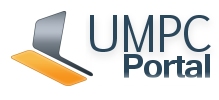

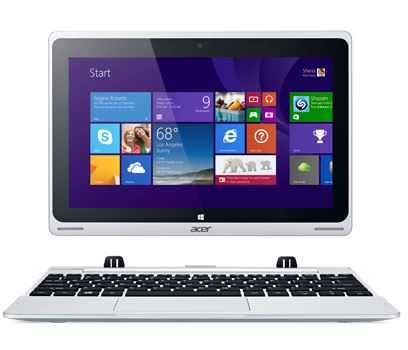
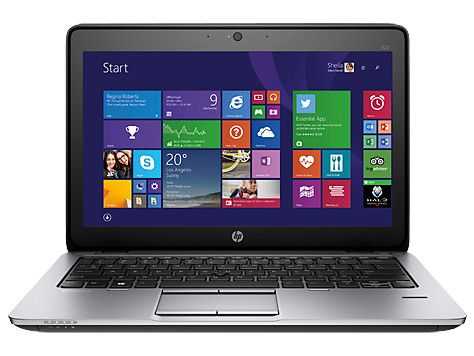
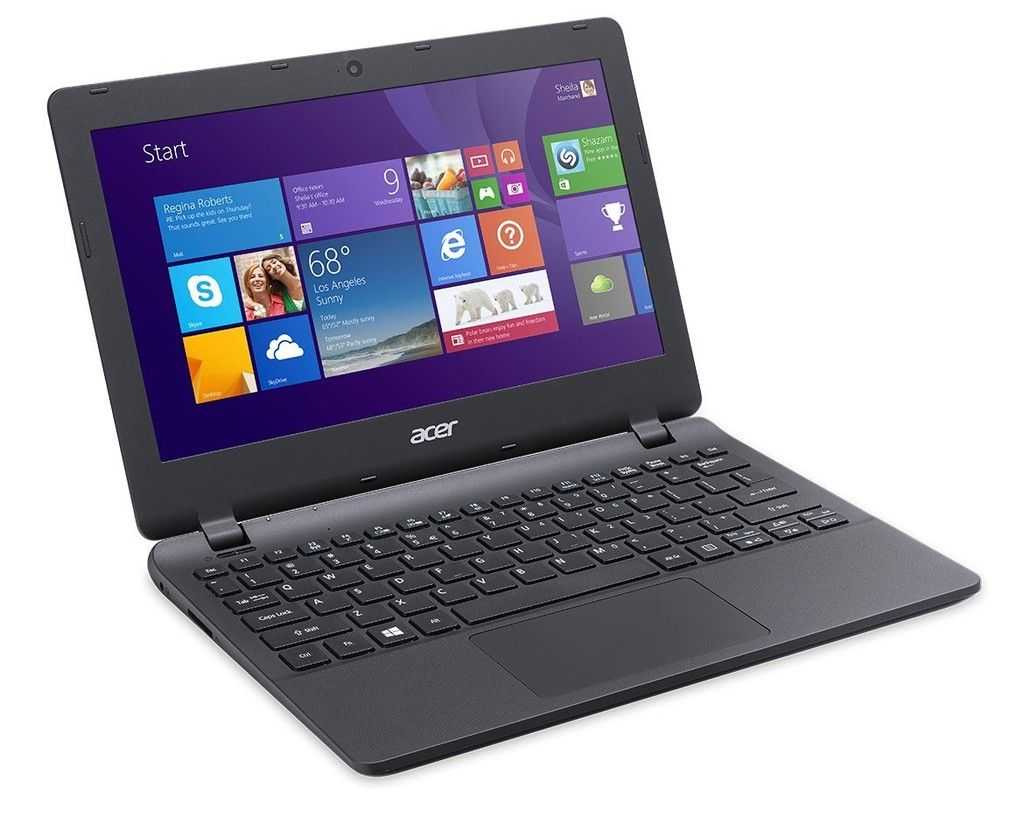

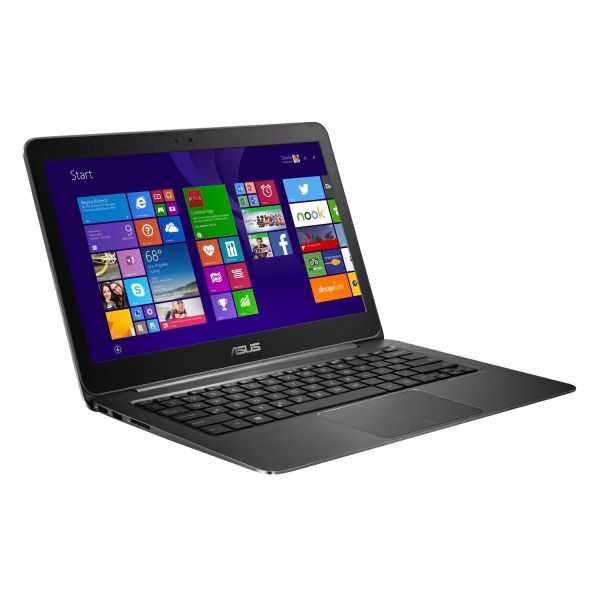


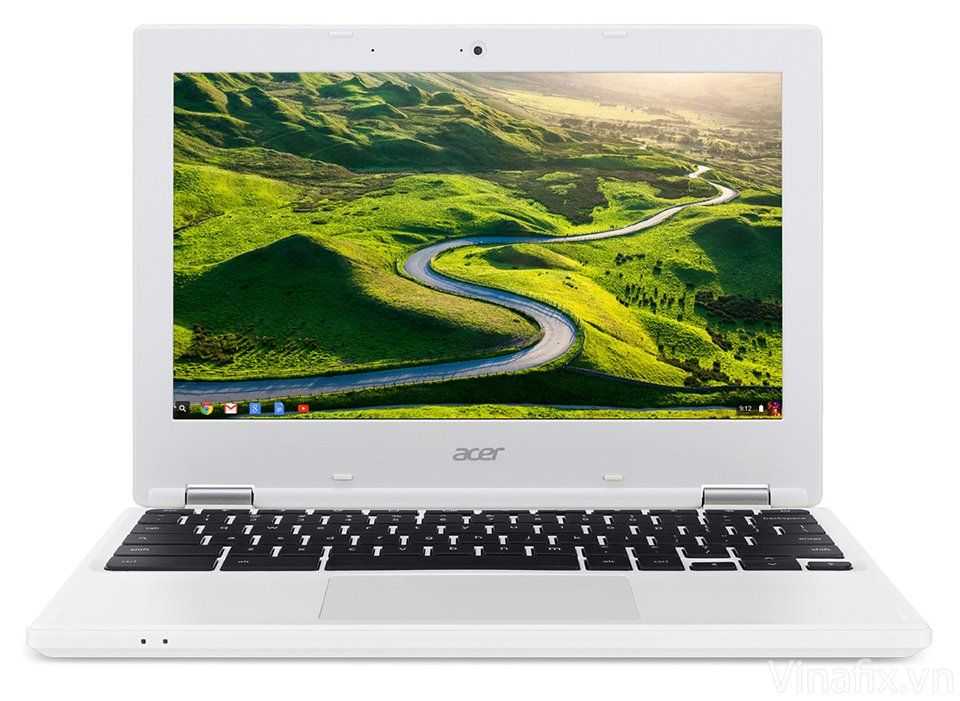
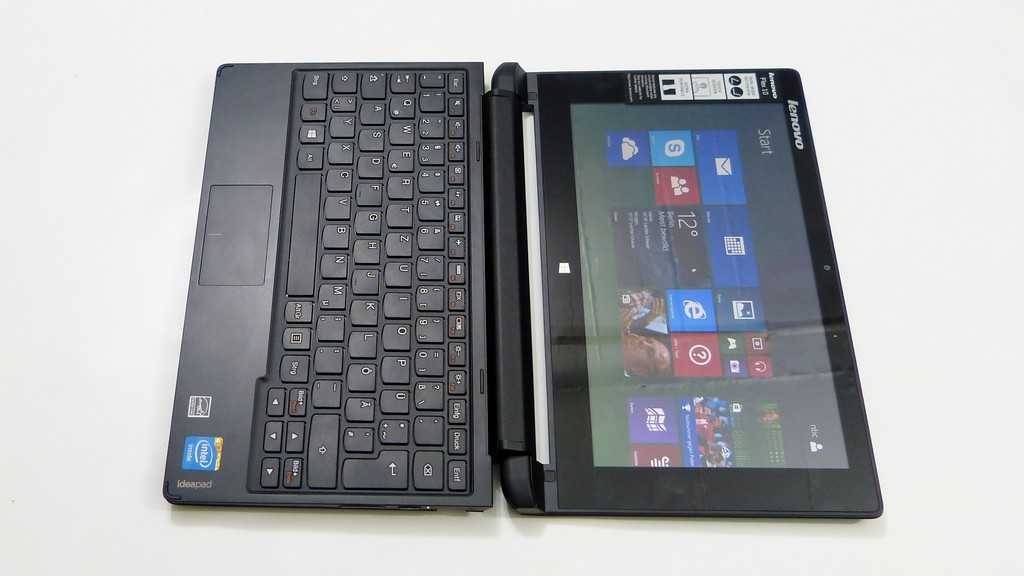
Are there any downsides to the LCD mode of it? Is it just as good as any other screen?
I mentioned to Pixel Qi that I thought it looked slightly washed out (in comparison to the best screens I’ve seen) and they mentioned that they can tweak to whatever the customer (pc manufacturer) requirements are. In comparison with the Gigabyte screen I’m using right now though I’d probably have to look carefully for any major differences.
How does it compare to the Motion Computing view anywhere?
I thought one of the major points with 3Qi was that it has no major downside concerning production costs? Using them for “Premium”-Products would be pretty reasonable though (after all its a newly developed technology).
It also adds the ability to use one’s PC in bright sunlight, something that is all but impossible with today’s backlit displays.
One more thing, I get the impression that colours are visible in bright sunlight when operating the screen in reflective mode; can you confirm?
Imagine this screen coupled with a Tegra 2 processor – now one really gets all day processing capability!!!
This is the best out-door video in high intensity direct Vegas 2010 CES Hotel sunlight.
http://www.youtube.com/watch?v=698D-jmk42w
Don’t know if the facts are correct in the video, but in time, when manufacture’s turn off CPU when not being used, we will see the major power savings that we are looking for.
I hope the GNU-PDF-Project will proceed quick with such devices starting up. A 3Qi-Screen combined with a Tablet or (better) convertible form factor 10″ (or later bigger probably), combined with convenient stylus input and long battery life seems a sensible basis for PDF Viewing and annotating.
Though it would also require better viewing software, if one wants to work with scientific papers or books on it; Skipping through pages while maintaining an overview of WHERE in the 300 pages book you are, so you can find it again easily without bookmarks or the like is all but convenient right now. Or keeping one or more pages of the same document open while skipping through the other pages to compare formulas or something like that; Its all far from convenient (and will therefore heavily limit the usage scenarios of the hardware platforms).
I’m 100% certain that i will be buying mostly ARM devices for mobility, give me enough RAM and i can ditch everything for one light convertible smarbook.
http://www.youtube.com/watch?v=8IvErY2lwpw#t=215
isnt the screen B&W when you turn off the backlit, why would i want that?
id rather 10hrs of color, than 12hrs of B&W.
Can have both… WHEN they are able to turn off the CPU with Arm (now) and Intel’s Moorestown (soon), then you will have 18 hours of battery time with the color, if you want 40 hours then you will have to switch off the back-light power, and you are reading just text, don’t care about color of photos because you are just blogging, IM, Skype, or writing a paper for school on the quad, out on the deck, on a bus, in a car, or on a ski lift, on the beach, then being outdoors ANYWHERE is better than being indoors anytime… and who cars then, black and white does not matter. Even online banking does not need color. For most times, you don’t need color. Seeing a video, or photos, then yes, that is it. Most news online you don’t need color.
Who is this? XD
http://www.youtube.com/watch?v=2WqsatM0tWw
Best and most complete Notion Ink Adam video was done by Slashgear… 12 minutes.
see:
http://www.slashgear.com/notion-ink-adam-hands-on-0969281/
Now, if they could only have this same tech in:
– Netbook format (or with a huge slider)
– glass to be less reflective
– Need a Keyboard in order to be productive at work or school…
– Would love AA batteries used like in 10.1 inch Norhtec Edubook (because, if only a few are sold, then finding extra or replacement battery in 2 years might be a challenge, an AA battery you can get anywhere)?
http://www.liliputing.com/2010/01/whats-next-for-the-norhtec-edubook.html
AA batteries are an issue… I think they yield considerably higher weight per energy storeable (I just remember that from the edubook; same weight but less battery run time compared to the notebook-battery-version. May mix something up though.)
By the way, I’ve read/heard in videos that the screen isn’t actually b/w without backlight but rather just gets a bit dulled colours. Though the main point in working without backlight isn’t the battery life to me but rather readability in bright environments; What good are colours if the reflection of a lamp is twice as bright? When in direct SUNlight not even a bright, matte screen may help there. 3Qi should still be readable, probably better than ever without backlighting.
I hope there will soon be some productivity devices with 3Qi technology; I hope for my next full fledged notebook (an object of probably 2-3 years in future) will be equipped with an 15″ 3qi screen or something the like.
From my experience I’d prefer 3Qi over regular Flatscreens even for a TV set, as in my room there are always reflections from sun or lamps. After all I LIKE light.
…
I’m just getting the weird feeling of having my hopes go overboard ^^’